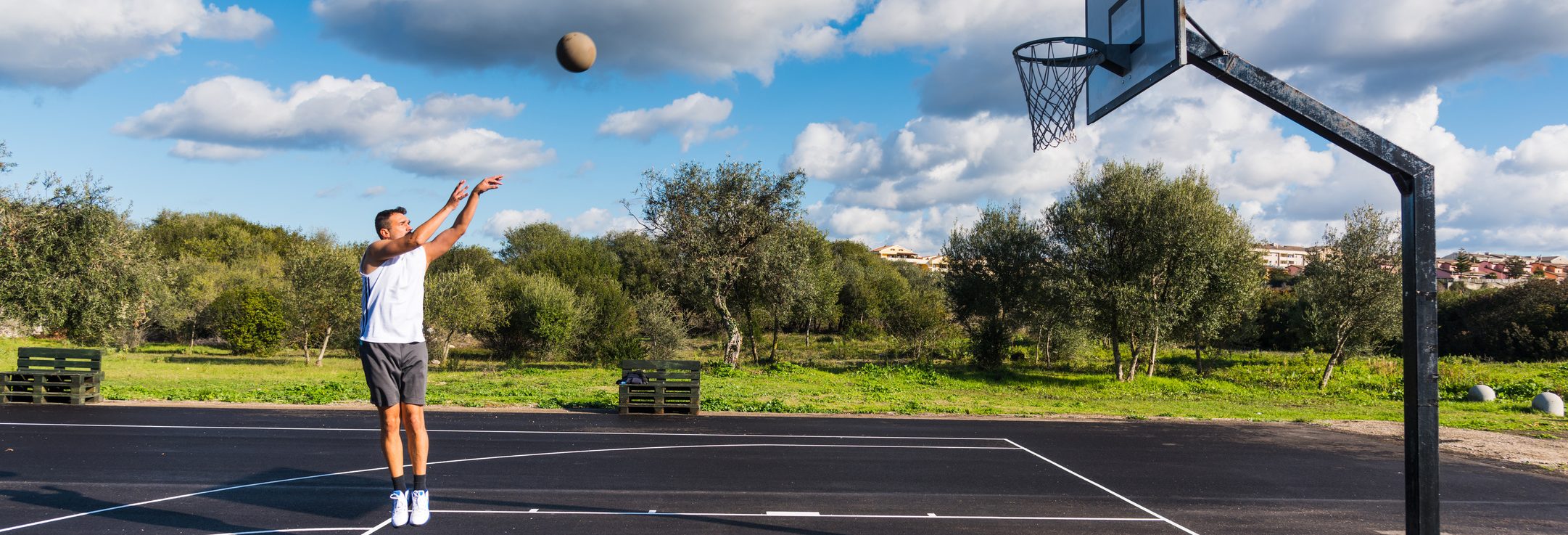Do you know that a skilled dog trainer can decipher your dog’s body language? This is an important aspect of dog training because that’s how you’ll be able to effectively communicate with your dog. Since dogs obviously can’t talk they use body language, facial expressions, and posture to communicate. If this is your first time owning a dog, we completely understand your struggle when trying to understand what your dog wants. As you may have observed, dogs usually growl, whine, and bark. These are their ways of expressing their emotions. A dog trainer would know what these sounds mean. In most cases, dogs express themselves through nonverbal communication. If you’re not aware of the ways they communicate, you’ll end up misunderstanding your dog and vice versa. Here are a few tips from experienced dog trainers that will help you decode your dog’s signals.
Tail Wagging
All dogs wag their tails but do you know why they do it? You’ve probably been told that when you see your dog wagging its tail it means your dog is happy, right? We’re sorry to burst your bubble but it doesn’t always mean they are happy. This misconception has caused dog owners to misinterpret their pets. When a dog is wagging its tail it could mean a lot of things but the principle behind tail wagging is that your dog is emotionally stimulated. They can be extremely frustrated or very excited. To give you an idea what it. This means we suggest you check the speed of their tail wagging and its direction. When your dog’s tail wags fast it means your dog is aroused. When its tail is sweeping side to side at a slow pace it means your dog is relaxed but if the tail is twitching too fast it means your dog is negatively aroused. Several studies also show that if a dog wags its tail to the right they feel positive but when they wag to the left it means something negative.
Hackles Raised
What does it mean if your dog’s hackles are raised? If the hairs at the back of its spine are raised all the way to the tail it means your dog is aroused but it’s not always in a negative way. It means your dog is either excited or stressed.
Posture
Another way your dog communicates is through posture. When a dog is hunched to the ground it means your dog is stressed or afraid. It’s usually because your dog is trying to avoid someone and the reason why it hunches to the ground is that it wants to look small. If your dog rolls in its back to expose its belly it means it’s comfortable and relaxed and just really wants you to rub its belly. When your dog leans forward it means it wants to go near something. When its body is shifted in a forward direction it can be a sign that your dog finds interest in something that’s in front of it.
Facial Expressions
Dogs also have facial expressions but they don’t show it as humans do. For example, when a human yawns it means he is bored or tired but when a dog yawns it means it’s stressed. Usually, they yawn to keep themselves calm during tense situations. Another thing dogs do is lick their lips. This body language could mean your dog is satisfied after a good meal or it could also be indicated that your dog is stressed.
Takeaway
You will learn all these from a qualified dog trainer. Not only will it teach your dog new tricks but your dog trainer will also give you helpful tips to strengthen your bond with your dog and so that you will understand your dog better at home.

